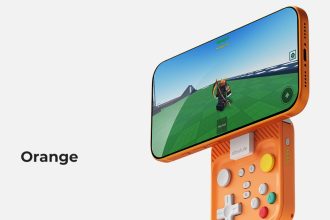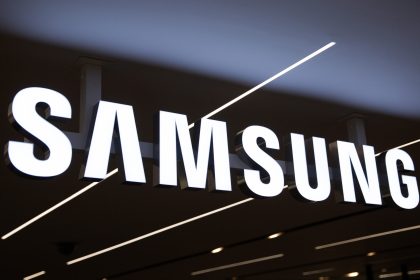With this pixel density, a 2K screen would measure only 1 x 1 mm. (Image Source: Wikimedia)With the advent of nanoscale OLEDs, VR headsets, AR glasses, projectors and wearables could soon integrate screens with billions of pixels, bringing lifelike visual accuracy and increased power efficiency.
As of now, the smallest pixels in a commercially available display measure around 5 x 5 micrometers. That might seem quite a small scale, but if we integrate such displays in VR or augmented reality glasses, some persons may still experience the dreaded screen-door effect (SDE). Smaller pixels could help in this case, but how small are we talking? Surely 300 x 300 nanometers should be enough to get rid of SDE? VR headsets with pixels this small could soon be available, as a team of scientists at the Julius-Maximilians-Universität Würzburg from Germany has already managed to shrink the OLED pixel size to a mere 300 nanometer². Such a small scale would result in 1080p displays measuring just 1 x 1 millimeters, so future VR/AR glasses could feature displays with billions of pixels.
The German researchers published their findings in the Science Advances journal, where they note that the 300 nm² pixel emits orange light and is just as bright as a conventional 5 nm² OLED. However, simply shrinking the light-emitting diode would not allow for reliable efficiency. The scientists needed to implement a gold cuboid antenna measuring 300 x 300 x 50 nm and also had to make sure the electric field currents do not force the gold atoms to branch out into the optically active material and eventually short circuit the entire pixel structure. For this, the researchers designed an insulation layer on top of the antenna, which leaves a circular opening with a 200 nm diameter in the center of the antenna.
The pixels have only been tested for 2 weeks without issues. This is just a tiny fraction of the lifetime of regular OLEDs that can last for 8 to 13 years. Moreover, the color gamut is still limited given the only color reproduced is orange. The team will work to expand the color gamut to cover the entire RGB spectrum. Increasing efficiency is also a priority, as the current level is sitting at a lowly 1%.
It looks like the German scientists still have their work cut out for them and displays with such tiny pixels may be at least some years away. Projectors could also benefit from this technology and, possibly by the end of this decade, we could see virtually invisible displays with ultra high resolution integrated into eyeglasses and even contact lenses.
(Image Source: Science.org)
Related Articles
Bogdan Solca – Senior Tech Writer – 2386 articles published on Notebookcheck since 2017
I first stepped into the wondrous IT&C world when I was around seven years old. I was instantly fascinated by computerized graphics, whether they were from games or 3D applications like 3D Max. I’m also an avid reader of science fiction, an astrophysics aficionado, and a crypto geek. I started writing PC-related articles for Softpedia and a few blogs back in 2006. I joined the Notebookcheck team in the summer of 2017 and am currently a senior tech writer mostly covering processor, GPU, and laptop news.
Bogdan Solca, 2025-10-28 (Update: 2025-10-28)










